Pharmacotherapy: A Pathophysiologic Approach 11th Edition
Pharmacotherapy: A Pathophysiologic Approach Eleventh Edition:
25+ additional chapters available online!
The classic guide to driving optimal patient outcomes using evidence-based medication therapies-updated with the latest advances and guidelines
A Doody’s Core Title for 2022!
Presented in full color, Pharmacotherapy: A Pathophysiologic Approach, 11th Edition helps you deliver the highest-quality patient care through evidence-based medication therapy derived from sound pharmacotherapeutic principles. It takes you beyond drug indications and dosages, showing how to properly select, administer, and monitor drugs-everything you need to provide safe, effective drug therapy across all therapeutic categories. With all-new monitoring tables and authoritative content from 300 expert contributors, this new edition has been fully updated to reflect the latest evidence-based information and recommendations. You’ll find Key Concepts at the beginning of each chapter, Clinical Presentation tables that summarize disease signs and symptoms, and Clinical Controversies boxes that examine the complicated issues faced by students and clinicians in providing drug therapy.
Why Pharmacotherapy: A Pathophysiologic Approach is perfect for students, pharmacists, and other healthcare providers:
All chapters provide the most current, reliable, and relevant information available.
Key concepts kick off every chapter.
Clinical Presentation Tables summarize disease signs and symptoms.
The majority of sections include personalized pharmacotherapy content.
Clinical Controversies Boxes clarify the most complex drug therapy issues you’ll face.
Diagnostic flow diagrams, treatment algorithms, dosing recommendations, and monitoring approaches have been updated in full color to distinguish treatment pathways.
Most disease-oriented chapters are enhanced by updated evidence-based treatment guidelines, which often include ratings of the level of evidence to support key therapeutic approaches.
Instructors who adopt this text are eligible for a PowerPoint presentation of all images and answers to Self-Assessment Questions!
The most trusted guide of its kind for decades, Pharmacotherapy: A Pathophysiologic Approach is the go-to text for students and practitioners seeking clear, objective coverage of core pathophysiologic and therapeutic elements.
Additional ISBNs:
∗ eText ISBN: 1260116824, 978-1260116823, 9781260116823
- See additional information on the Amazon.
More Details
Pharmacotherapy: A Pathophysiologic Approach 11th Edition:
Cover
Title Page
Copyright Page
Dedication
Contents
Contributors
Foreword
Preface
SECTION 1 Foundation Issues
1. The Patient Care Process
e2. Health Literacy and Medication Use
e3. Cultural Competency
e4. Medication Safety Principles and Practices
e5. Clinical Pharmacokinetics and Pharmacodynamics
e6. Pharmacogenetics
e7. Clinical Toxicology
SECTION 2 Common Health Problems
e8. Fever
e9. Pain and Headache
e10. Minor Ophthalmic Disorders
e11. Minor Otic Disorders
e12. Cough and Other Nonspecific Respiratory Symptoms
e13. Allergic Rhinitis
e14. Oral Health and Systemic Conditions
e15. Oral Hygiene and Minor Oral Disorders
e16. Skin Care and Minor Dermatologic Conditions
e17. Travel Health
18. Contraception
SECTION 3 Special Populations
e19. Pediatrics: General Topics in Pediatric Pharmacotherapy
e20. Pediatrics: Oral Nutrition and Rehydration of Infants and Children
e21. Pediatrics: Neonatal Critical Care
e22. Geriatrics: The Aging Process in Humans and Its Effects on Physiology
e23. Prescribing in the Older Adult
e24. Assessing Health and Delivering HealthCare to Older Adults
e25. Critical Care: General Topics in Critical Care
e26. Critical Care: Pain, Agitation, and Delirium
e27. Critical Care: Considerations in Drug Selection, Dosing, Monitoring, and Safety
e28. Palliative Care
SECTION 4 Cardiovascular Disorders
e29. Assessment of the Cardiovascular System
30. Hypertension
31. Dyslipidemia
32. Stable Ischemic Heart Disease
33. Acute Coronary Syndrome
e34. Peripheral Arterial Disease
35. Chronic Heart Failure
36. Acute Decompensated Heart Failure
37. Venous Thromboembolism
38. Stroke
39. The Arrhythmias
40. Cardiac Arrest
41. Shock Syndromes
SECTION 5 Respiratory Disorders
e42. Evaluation of Respiratory Function
43. Asthma
44. Chronic Obstructive Pulmonary Disease
45. Pulmonary Arterial Hypertension
46. Cystic Fibrosis
e47. Drug-Induced Pulmonary Diseases
SECTION 6 Gastrointestinal Disorders
e48. Evaluation of the Gastrointestinal Tract
49. Gastroesophageal Reflux Disease
50. Peptic Ulcer Disease and Related Disorders
51. Inflammatory Bowel Disease
52. Nausea and Vomiting
53. Diarrhea, Constipation, and Irritable Bowel Syndrome
54. Portal Hypertension and Cirrhosis
e55. Drug-Induced Liver Disease
56. Pancreatitis
57. Viral Hepatitis
58. Celiac Disease
SECTION 7 Renal Disorders
e59. Evaluation of Kidney Function
60. Acute Kidney Injury
61. Chronic Kidney Disease
62. Hemodialysis and Peritoneal Dialysis
63. Drug-Induced Kidney Disease
64. Glomerular Diseases
65. Drug Therapy Individualization for Patients with Chronic Kidney Disease
66. Disorders of Sodium and Water Homeostasis
67. Disorders of Calcium and Phosphorus Homeostasis
68. Disorders of Potassium and Magnesium Homeostasis
69. Acid–Base Disorders
SECTION 8 Neurologic Disorders
e70. Evaluation of Neurologic Illness
71. Alzheimer Disease
72. Multiple Sclerosis
73. Epilepsy
74. Status Epilepticus
75. Acute Management of the Brain Injury Patient
76. Parkinson Disease
77. Pain Management
78. Headache Disorders
SECTION 9 Psychiatric Disorders
e79. Evaluation of Psychiatric Disorders
80. Attention Deficit/Hyperactivity Disorder
81. Eating Disorders
82. Substance Use Disorders I: Depressants, Stimulants, and Hallucinogens
83. Substance-Related Disorders II: Alcohol, Nicotine, and Caffeine
84. Schizophrenia
85. Major Depressive Disorder
86. Bipolar Disorder
87. Anxiety Disorders: Generalized Anxiety, Panic, and Social Anxiety Disorders
88. Posttraumatic Stress Disorder and Obsessive-Compulsive Disorder
89. Sleep–Wake Disorders
90. Intellectual and Developmental Disabilities: Down Syndrome and Autism Spectrum Disorder
SECTION 10 Endocrinologic Disorders
91. Diabetes Mellitus
92. Thyroid Disorders
93. Adrenal Gland Disorders
e94. Pituitary Gland Disorders
SECTION 11 Gynecologic and Obsetric Disorders
95. Pregnancy and Lactation: Therapeutic Considerations
96. Menstruation-Related Disorders
97. Endometriosis
98. Hormone Therapy in Women
SECTION 12 Urologic Disorders
99. Erectile Dysfunction
100. Benign Prostatic Hyperplasia
101. Urinary Incontinence
SECTION 13 Immunologic Disorders
e102. Function and Evaluation of the Immune System
103. Systemic Lupus Erythematosus
e104. Drug Allergy
105. Solid-Organ Transplantation
SECTION 14 Rheumatologic Disorders
106. Osteoarthritis
107. Rheumatoid Arthritis
108. Osteoporosis
109. Gout and Hyperuricemia
SECTION 15 Ophthalmic Disorders
110. Glaucoma
111. Age-Related Macular Degeneration
e112. Drug-Induced Ophthalmic Disorders
SECTION 16 Dermatologic Disorders
113. Acne Vulgaris
114. Psoriasis
115. Atopic Dermatitis
116. Alopecia
e117. Dermatologic Drug Reactions, Contact Dermatitis, and Common Skin Conditions
SECTION 17 Hematologic Disorders
118. Anemias
119. Coagulation Disorders
120. Sickle Cell Disease
e121. Drug-Induced Hematologic Disorders
SECTION 18 Infectious Diseases
e122. Laboratory Tests to Direct Antimicrobial Pharmacotherapy
123. Antimicrobial Regimen Selection
124. Central Nervous System Infections
125. Lower Respiratory Tract Infections
126. Upper Respiratory Tract Infections
127. Influenza
128. Skin and Soft-Tissue Infections
129. Infective Endocarditis
130. Tuberculosis
131. Gastrointestinal Infections and Enterotoxigenic Poisonings
132. Intra-Abdominal Infections
e133. Parasitic Diseases
134. Urinary Tract Infections and Prostatitis
135. Sexually Transmitted Infections
136. Bone and Joint Infections
137. Sepsis and Septic Shock
138. Superficial Fungal Infections
139. Invasive Fungal Infections
140. Infections in Immunocompromised Patients
141. Antimicrobial Prophylaxis in Surgery
142. Vaccines and Immunoglobulins
143. Human Immunodeficiency Virus Infection
SECTION 19 Oncologic Disorders
144. Cancer Treatment and Chemotherapy
145. Breast Cancer
146. Lung Cancer
147. Colorectal Cancer
148. Prostate Cancer
149. Lymphomas
150. Ovarian Cancer
151. Acute Leukemias
152. Chronic Leukemias
153. Multiple Myeloma
e154. Myelodysplastic Syndromes
e155. Renal Cell Carcinoma
156. Melanoma
157. Hematopoietic Stem Cell Transplantation
SECTION 20 Nutritional Disorders
158. Assessment of Nutrition Status and Nutrition Requirements
159. Parenteral Nutrition
160. Enteral Nutrition
161. Obesity
Index


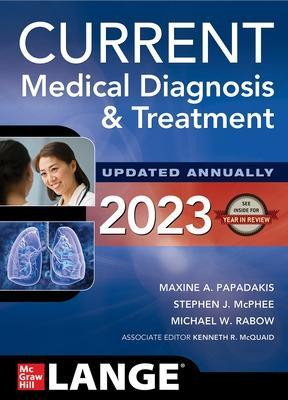
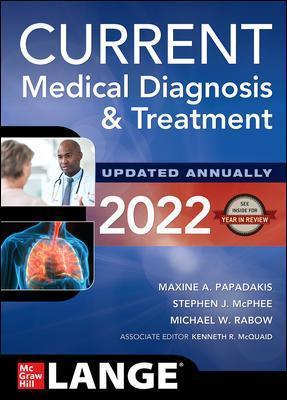






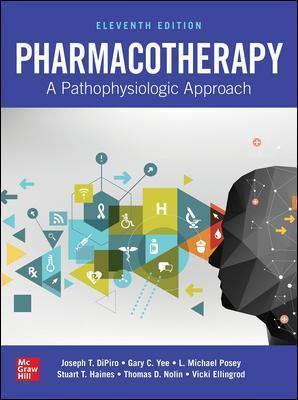

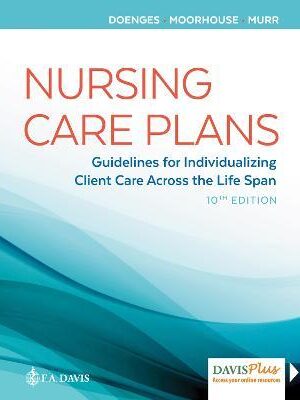



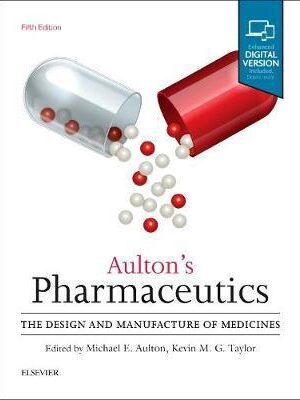
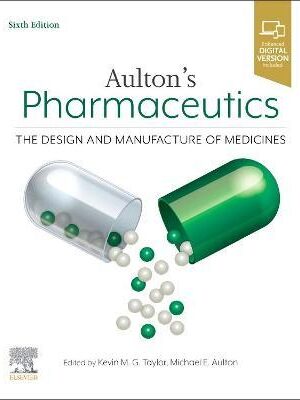

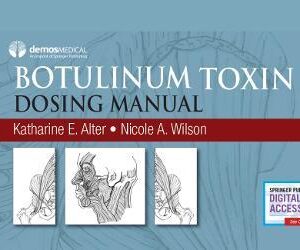
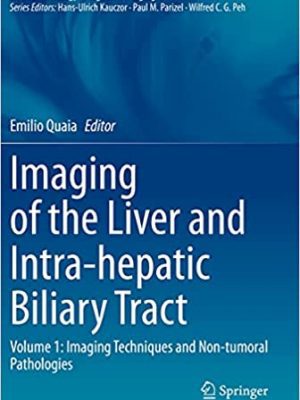
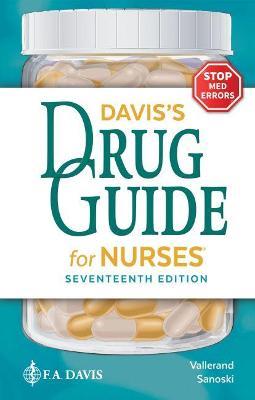
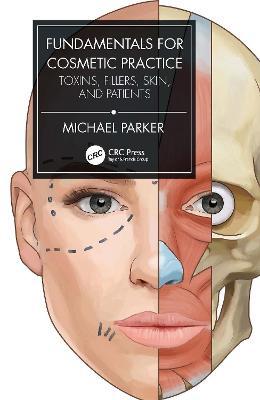
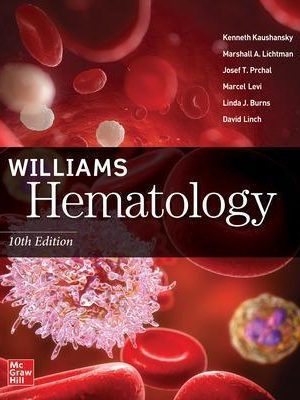

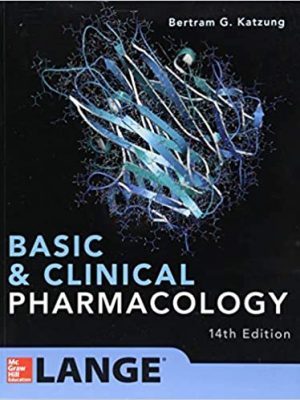
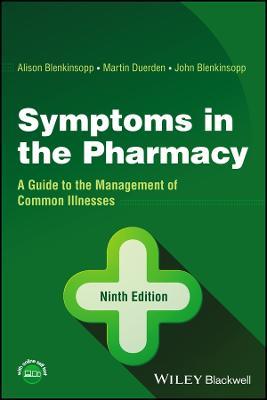
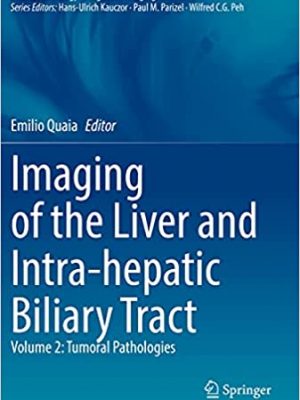
 Dentistry
Dentistry
Reviews
There are no reviews yet.